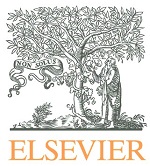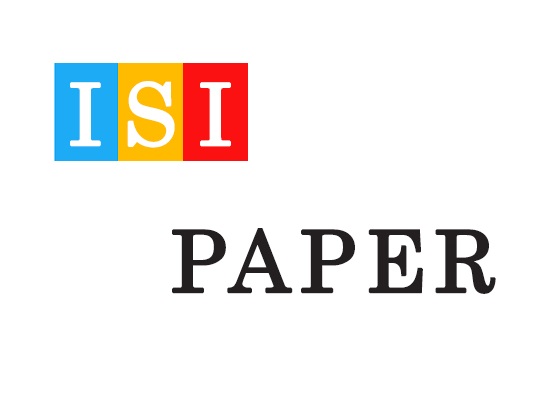دانلود رایگان مقاله ISI درباره مدیریت دانش مشتری،گرایش نوآوری،همکاری با مشتری و فرآیند نوآوری
دانلود رایکان مقاله انگلیسی ISI با موضوع اثرات بر مدیریت و عملکرد دانش مشتری

عنوان فارسی مقاله:
همکاری در جهت نوآوری: اثرات بر مدیریت و عملکرد دانش مشتری
عنوان انگلیسی مقاله:
Collaborating to innovate: Effects on customer knowledge management and performance
دانلود رایگان مقاله ISI با فرمت PDF:
مشاهده توضیحات کامل و خرید ترجمه فارسی با فرمت ورد تایپ شده:
بخشی از مقاله انگلیسی :
3. Methodology and data analysis
A survey to 210 companies in Valencia (Spain) provides the sample data. Valencia is the third largest city in Spain after Madrid and Barcelona. Before the quantitative phase, a dynamic group with eight representatives of the major business associations in Valencia helped verifying and refining relevant variables arising from literature review. This process provided the adapted variables for the questionnaire. According to this preliminary qualitative information and company owners being key informants, data collection took place using random stratified probability sampling with proportional allocation to main economic sectors to ensure the representativeness of the population under study. Personal interviews responded to a standard questionnaire. Most companies in the sample (96%) have fewer than 20 employees, and 60% of the companies are more than six years old. In 81.5% of the companies, managers or owners are older than 35 years, and 69.5% of the managers or owners have a basic to medium training level. The resulting sample pictures the population under study. Customer collaboration measurement uses Ordanini and Parasuraman's (2011) scale. Innovation orientation assessment follows Santos and Álvarez's (2007) scale. The CKM measurement instrument adapts Alegre et al.'s (2011)scale, whereas marketing results measurement uses Vorhies and Morgan's (2005) scale. The measurement of all constructs uses a five-item Likert scale (1 = completely disagree; to 5 = completely agree). To test the research model, this study uses the partial least square (PLS) technique, a variance-based structural equation modeling (SEM) method. This study uses the SmartPLS software (Ringle, Wende, & Will, 2005) simultaneously for the measurement model and the structural model analysis.


